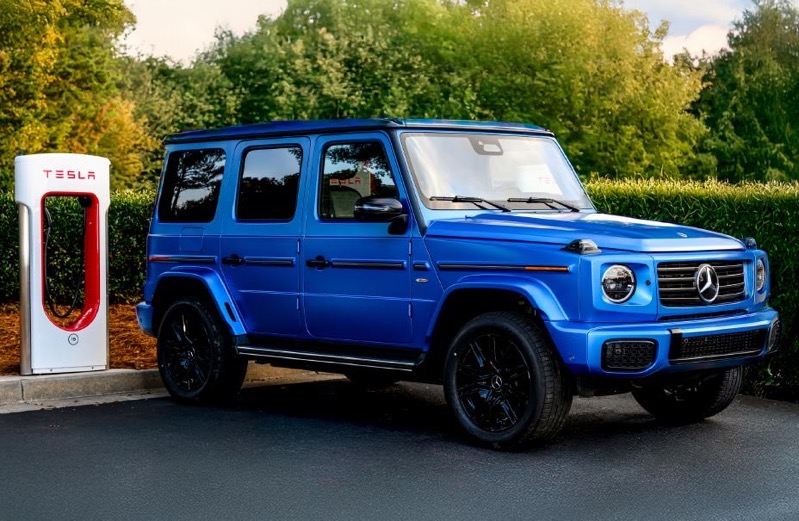Mercedes-Benz has made a significant announcement regarding its electric vehicles (EVs) in the United States. In February, these vehicles will gain access to Tesla’s extensive Supercharger network, which boasts over 20,000 charging stations. Canadian Mercedes-Benz drivers can expect to utilize Tesla Superchargers later in 2025.
This news follows Mercedes-Benz’s decision last July to adopt Tesla’s North American Charging Standard (NACS). The integration of Tesla Superchargers will be made possible through the Mercedes me Charge service, offering a seamless charging experience with features like “Plug & Charge,” allowing for automatic charging initiation and payment processing upon connection.
For existing Mercedes-Benz EVs that utilize the CCS1 charging standard, an adapter will be made available at dealerships in early 2025. Priced at $185 in the U.S., this adapter will enable these vehicles to connect to Tesla Superchargers. Details on Canadian pricing and availability will be disclosed closer to the launch date.
From 2025 onwards, new Mercedes-Benz EVs in North America will come equipped with the Tesla-designed NACS port, eliminating the need for an adapter. This streamlined approach will enhance the overall charging experience for Mercedes-Benz drivers.
By incorporating Tesla Superchargers into its charging network, Mercedes-Benz is expanding its already comprehensive infrastructure, which includes partnerships with Electrify America, ChargePoint, and other providers. This development significantly increases the total number of charging points available to Mercedes-Benz drivers in North America to over 110,000, further enhancing the convenience and accessibility of EV charging.
This move underscores Mercedes-Benz’s commitment to providing a robust charging infrastructure for its electric vehicle lineup, ensuring that drivers have access to a wide range of charging options to support their sustainable driving habits. With the integration of Tesla Superchargers, Mercedes-Benz is poised to offer an even more seamless and efficient charging experience for EV owners in North America.

